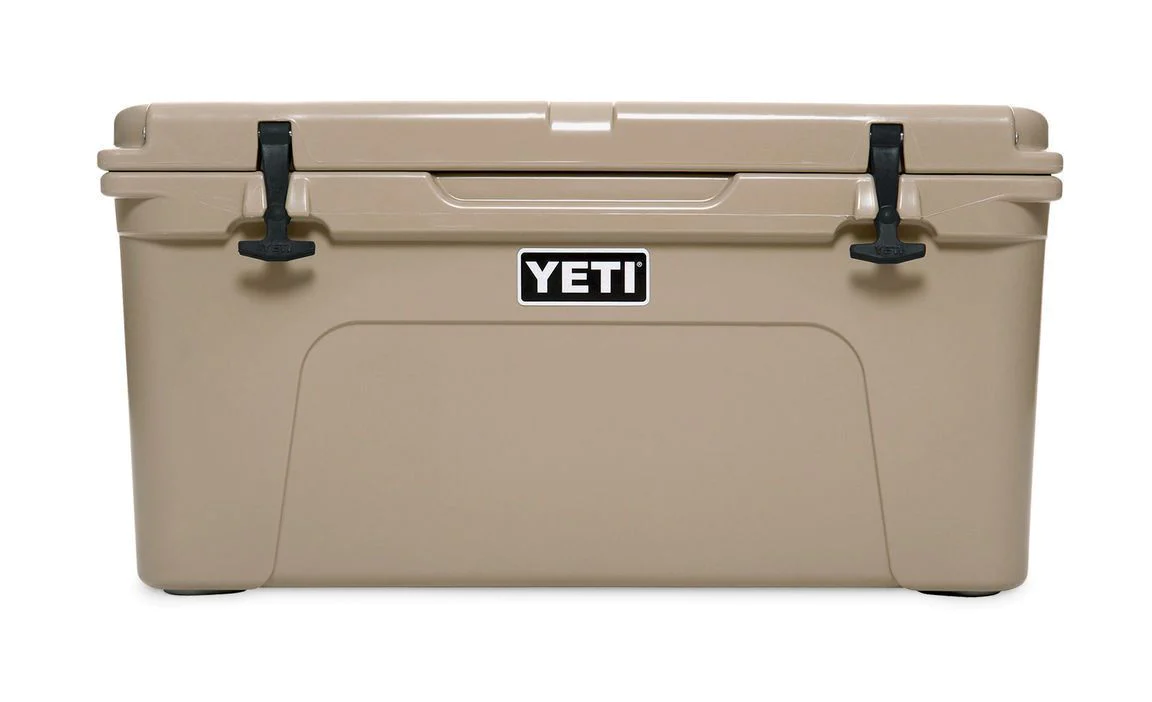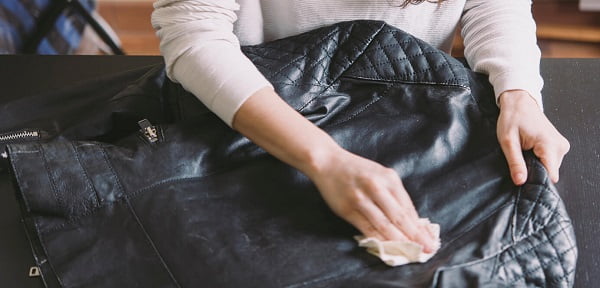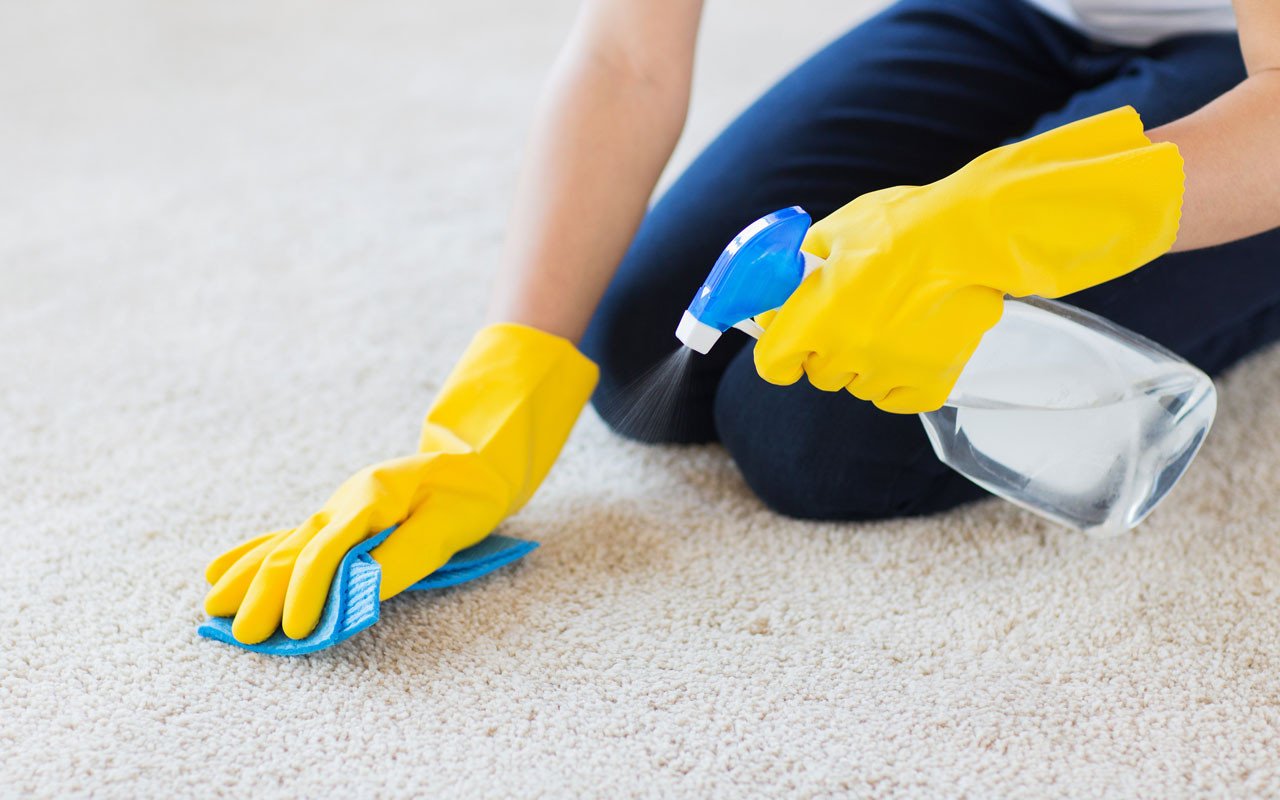Mold is a type of fungus that grows in moist environments. It can grow on almost any surface, including your toilet. The most common types of mold are black or green, but there are other types.
This guide will help you with some tips and tricks to get rid of mold in the toilet.
Why Is Black Mold Growing in My Toilet?
Mold is a common problem in bathrooms, and there are many reasons it can grow. For example, if you have very old pipes or a pipe leak, mold can begin to grow. Another reason is that your toilet bowl may be dirty, which also leads to mold growth. If you notice black spots on your toilet bowl and around your toilet, you may have a mold problem.
Mold grows best in damp conditions, so if you have an area in your home that is constantly wet, you may be at risk for mold growth. Toilets are one place where mold can form. This is because they are constantly exposed to moisture from urine and the toilet bowl itself.
Is Black Mold Common in Toilets?
Black mold is common in toilets because it is difficult to clean this area properly. The shape of the toilet makes it difficult for water to drain out of it effectively, leaving behind dirt and grime that can foster a growing environment for molds.
This makes it important that you clean your toilet regularly so that any molds will not have time to thrive and spread across your bathroom walls and flooring.
Is Black Mold Permanent in Toilets?
The good news is that this type of mold isn’t permanent at all. In fact, you’ll be able to clean off black mold from your toilet easily with just a few simple steps.
Mold growth in toilets is less common than in other places because they contain so much water already. But when there are leaks or cracks in pipes leading into the toilet bowl, it provides enough moisture for mold spores to grow inside the tank itself.
How to Get Rid of Black Mold in Toilet
There are several ways you can get rid of black mold in your toilet:
Use bleach and water solution
Mix one part bleach to 10 parts water and spray onto any visible mold growths until they disappear completely. Leave it on for at least five minutes before scrubbing with a brush or sponge to remove any remaining stains. Rinse thoroughly with clean water afterward, then repeat if necessary until all traces of black mold have been removed from the toilet.
If you have black mold in your toilet, here are some ways you can get rid of it:
Vinegar and Baking Soda
Vinegar is a natural disinfectant that kills mold spores on contact, so it’s effective against black mold in the toilet. To use this method, simply pour white vinegar into your toilet bowl until it covers the surface of the water and let sit for at least 20 minutes before flushing. You can also add a few tablespoons of baking soda to the vinegar to make it foam up more when you flush it down the drain.
Clorox Toilet Bowl Cleaner with Bleach
The Clorox brand toilet bowl cleaner has been around since the 1950s and remains popular today because it works well and doesn’t contain harsh chemicals or abrasives. The bleach in this formula works best against mildew stains on your toilet bowl but won’t remove hard water deposits from your toilet tank or inside the bowl itself. If you have hard water stains in your toilet bowl, you should consider using an acid-based cleaner instead of bleach.
WD-40
WD-40 is a versatile lubricant that’s useful for removing grime from many surfaces around the house, including toilets. Just spray some WD-40 onto a soft cloth or sponge, then wipe down your toilet until it shines again. You can also use WD-40 as an alternative to Clorox Toilet Bowl Cleaner if not available.
Lysol Power Toilet Bowl Cleaner Gel
You should use Lysol Power Toilet Bowl Cleaner Gel when you have mildew in your toilet bowl. This product has been specifically formulated to eliminate mildew stains without scrubbing hard on them. It also prevents future mold growth by preventing water from remaining on the surface of the toilet bowl after cleaning it with this product.
How to Get Rid of Mold in Toilet Bowl at Water Line
- Clean the toilet.
The first thing you need to do is clean your toilet. This will help remove any surface mold and mildew that might be present on the porcelain. Make sure you use a cleaner that is safe for both the toilet bowl and your skin.
- Use bleach.
Once you’ve cleaned the toilet, it’s time to disinfect it with bleach. Bleach is a powerful disinfectant and can kill any lingering mold spores in your toilet bowl. Pour 1⁄4 cup of bleach into the bowl and let it sit for about 15 minutes before flushing it away with water and a brush or sponge.
Black Mold in Toilet FAQs
Is Black Mold in Toilet Tank Dangerous?
Black mold in the toilet bowl is usually a less serious problem than other types of black mold. However, if you have a leaky pipe or other water damage that allows water to sit in your bathroom for a long period of time, then you may be at risk for more serious health effects from black mold spores.
What Causes Black Mold in Toilet Bowl?
Mold grows best when there is plenty of moisture and food for it to eat. The first step to preventing black mold from growing inside your toilet is to make sure that you do not leave any standing water inside the bowl or tank after each use. You should also wipe down any spills immediately so that they do not have enough time to grow into a bigger problem down the road.
Is Toilet Mold Dangerous?
The good news is that black mold in toilet bowls does not produce toxins like some other types of molds do, so it’s not dangerous at all. However, since it can be unsightly and cause serious damage over time if left untreated (see below), it’s worth dealing with as soon as possible.
Can Mold in Toilet Make You Sick?
Mold can cause allergic reactions, asthma, and other respiratory problems, according to the Centers for Disease Control (CDC). If you have black mold in your toilet or other areas of your home, contact an indoor air quality professional.
Why Mold in Toilet Bowl Keeps Coming Back
The most likely culprits for mold growth are excessive moisture and poor ventilation. A leaky faucet or running toilet can create enough humidity to support the growth of mold. If you notice that the mold keeps coming back after you’ve cleaned it away, take steps to correct these conditions as soon as possible.




